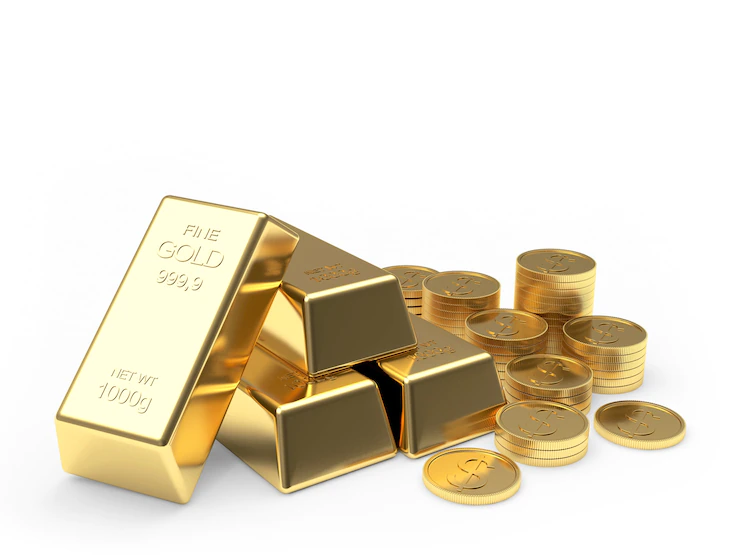Common Terminologies Linked To Precious Metal Investment

A recent study by BlueWave Consulting shows that the precious metal global market size will be worth $415.3 billion by 2028 from $240.5 billion in 2021, according to the GlobeNewswire.
Investment experts predict the market will continue to boom, thanks to an increase in precious metal trading activity and a rise in consumer purchasing power. If you’re like many investors, you’ve probably thought of getting into precious metals.
But before investing in precious metals, there are factors you must consider. This includes knowing which investment is better between gold and silver. It’s also wise to know the common terms used in the market.
Here Are Three Common Terminologies Linked To Precious Metal Investment
Knowing the unique terms used in this investment sector is vital to choosing the right precious metals and securing the best prices.
Keep reading to learn common terminologies linked to precious metal investment.
1. Spot Price
It’s impossible to invest in precious metals without talking about the spot price of gold, silver, palladium, and platinum.
Typically, precious metal sellers, investors, and collectors use spot prices to monitor the price of precious metals in real time. Note that spot prices are determined by the current market value investors can buy or sell a commodity. And the spot price of each precious metal is unique and fluctuates several times daily.
2. Gold or Silver Bullion
Technically, investors define bullion as physical gold and silver with high purity levels exceeding 99.5%. It’s also worth noting that silver and gold coins with greater or equal purity and common sovereign coins that are 22 karats or 91.67% pure are also called bullion. That’s because investors buy them for their metallic components, not their collectible value.
When trading bullion, it’s also important to know how karats and carats differ. While many people use these two terms interchangeably, it’s not advisable.
For centuries, people used carats when talking about the purity of gold or the weight of diamonds. But investors use carats more often when trading diamonds. With this in mind, karat is the ideal term to refer to the purity of gold.
3. Precious Metal Premiums
Understanding premium or premium over spot will help you navigate the precious metal market without feeling like you’re overspending. You can define premium over the spot as markup.
So, premium over spot is an indicator of what the markup is for specific bullion over the current market value per ounce of that metal. For instance, if gold is trading at $1985 per ounce, but the gold coin you want to invest in is selling at $2025, then the premium or markup is $40.
Every investment sector has unique terms that are vital to making informed decisions. In the precious metal investment sector, understanding common terminologies like bullion, karat vs. carat, markup, and the spot price is key to navigating the market successfully. You’ll also be able to buy and sell your rare metals at the best prices.
Read Also:


























Leave A Reply